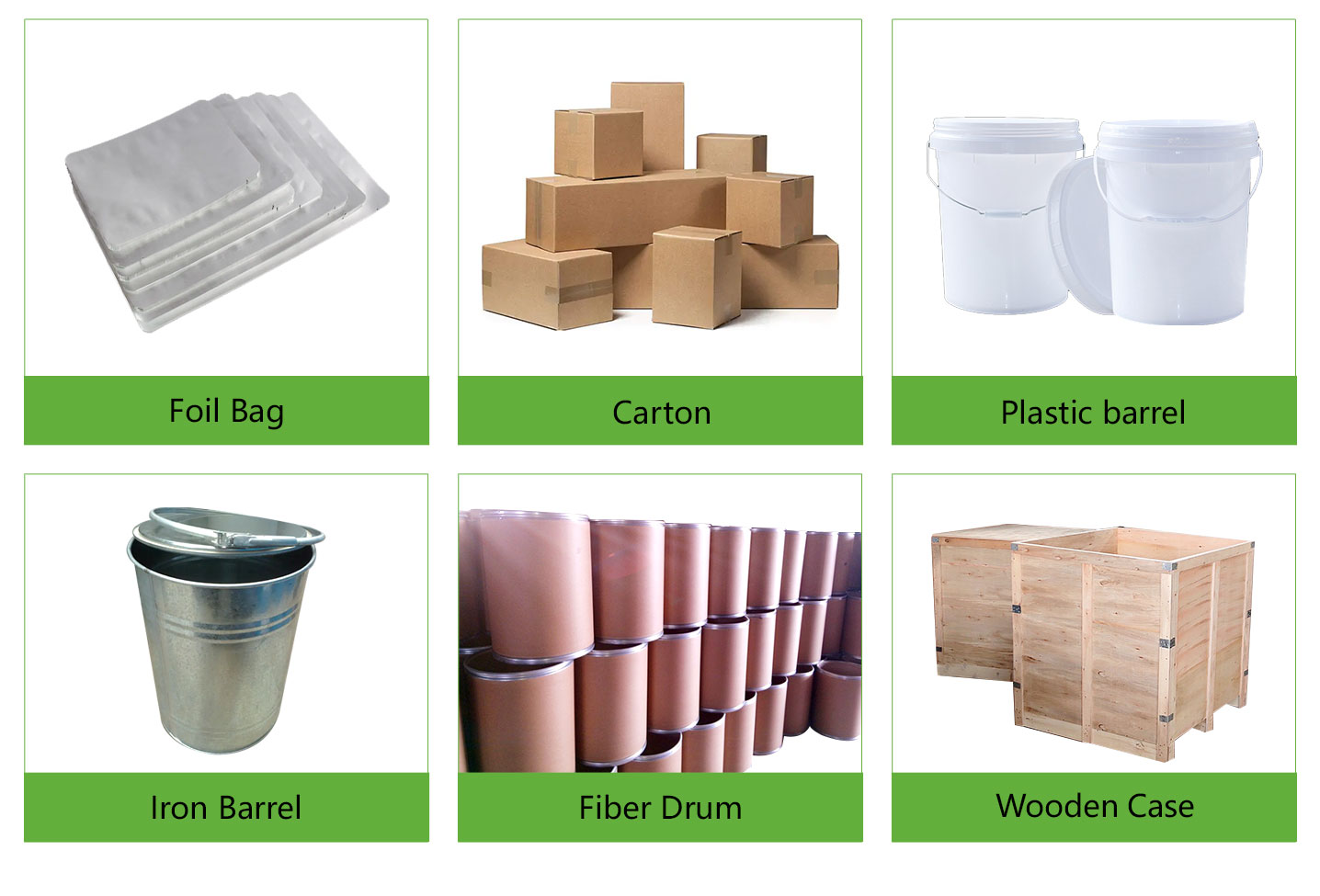| Purity | Zn | Ag | Cu | Al | Mg | Fe | Bi | Sb | As |
| 99.99% | 5ppm | 2ppm | 5ppm | 5ppm | 5ppm | 5ppm | 5ppm | 5ppm | 5ppm |
Optical and photovoltaic applications: Sb2S3 has high optical transparency and is used in the manufacture of photovoltaic devices such as photocells and photodiodes. These devices utilize the photovoltaic effect, which can convert light energy into electrical energy. In addition, Sb2S3's wide bandgap and high refractive index make it an excellent material for solar cells and photodetectors with excellent optical properties.
Electronics and semiconductor industry: Sb2S3's wide bandgap and high resistivity make it an excellent material for the electronics and semiconductor industries. It is used in the manufacture of various electronic devices such as transistors, integrated circuits, and phototransistors. In addition, the excellent thermal stability of Sb2S3 makes it an important candidate for high-temperature semiconductor materials.
Thermoelectric materials: Sb2S3 has excellent thermoelectric properties and is a potential thermoelectric material. Thermoelectric materials can convert heat and electricity directly to each other, a technology known as thermoelectric power generation or thermoelectric refrigeration. The low thermal and good electrical conductivity of Sb2S3 make it an excellent thermoelectric property.
Flame retardant: Sb2S3 has a high melting point and thermal stability, making it a potential flame retardant. In some polymer materials, the addition of Sb2S3 can effectively improve their flame-retardant properties, thereby reducing the risk of fire.
Chemical Sensors: Sb2S3 is highly sensitive to certain specific chemicals and can be used to create chemical sensors. These sensors are capable of detecting and analyzing specific chemicals, such as hydrogen sulfide, carbon dioxide, and so on.
Photoelectrochemistry: Sb2S3 has excellent properties in certain photoelectrochemical reactions. For example, it can be used as an anode material for photoelectrochemical cells that convert solar energy into electrical and chemical energy.
Catalyst: Sb2S3 can be used as a catalyst, especially in some reactions involving sulfides and organic compounds. The mechanism of action may be related to Sb2S3's ability to form stable complexes with these reactants.
Biomedical applications: The low toxicity and biocompatibility of Sb2S3 gives it potential for many applications in the biomedical field. For example, it is used as a drug carrier and bioimaging agent, among others. In addition, certain properties of Sb2S3 make it possible to be used in the treatment of certain diseases, such as cancer.
Photocatalysis: Sb2S3 also has potential applications in photocatalysis. It can be used as a photocatalyst in combination with specific photosensitizers for the degradation of organic pollutants and toxic substances.
Glass industry: In glass manufacturing, Sb2S3 can be used as a clarifying agent, which helps to remove air bubbles and impurities from the glass and improve the transparency and quality of the glass.

Antimony Sulfide Properties |
|
| Other Names | antimony(III) sulfide, antimony trisulfide, amtimony trisulphide, antimony sulphide, Sb2S3 powder |
| CAS No. | 1345-04-6 |
| Compound Formula | Sb2S3 |
| Molecular Weight | 339.72 |
| Appearance | Dark Gray to Black Powder |
| Melting Point | 550℃ |
| Boiling Point | 1150℃ |
| Density | 4.64 g/cm3 |
| Solubility in H2O | Insoluble |
| Exact Mass | 339.724246 |
Titanium Sulfide Health & Safety Information |
|
| Signal Word | Danger |
| Hazard Statements | H302-H331 |
| Hazard Codes | T |
| Risk Codes | N/A |
| Safety Statements | N/A |
| Transport Information | UN 1549 6.1/PG III |